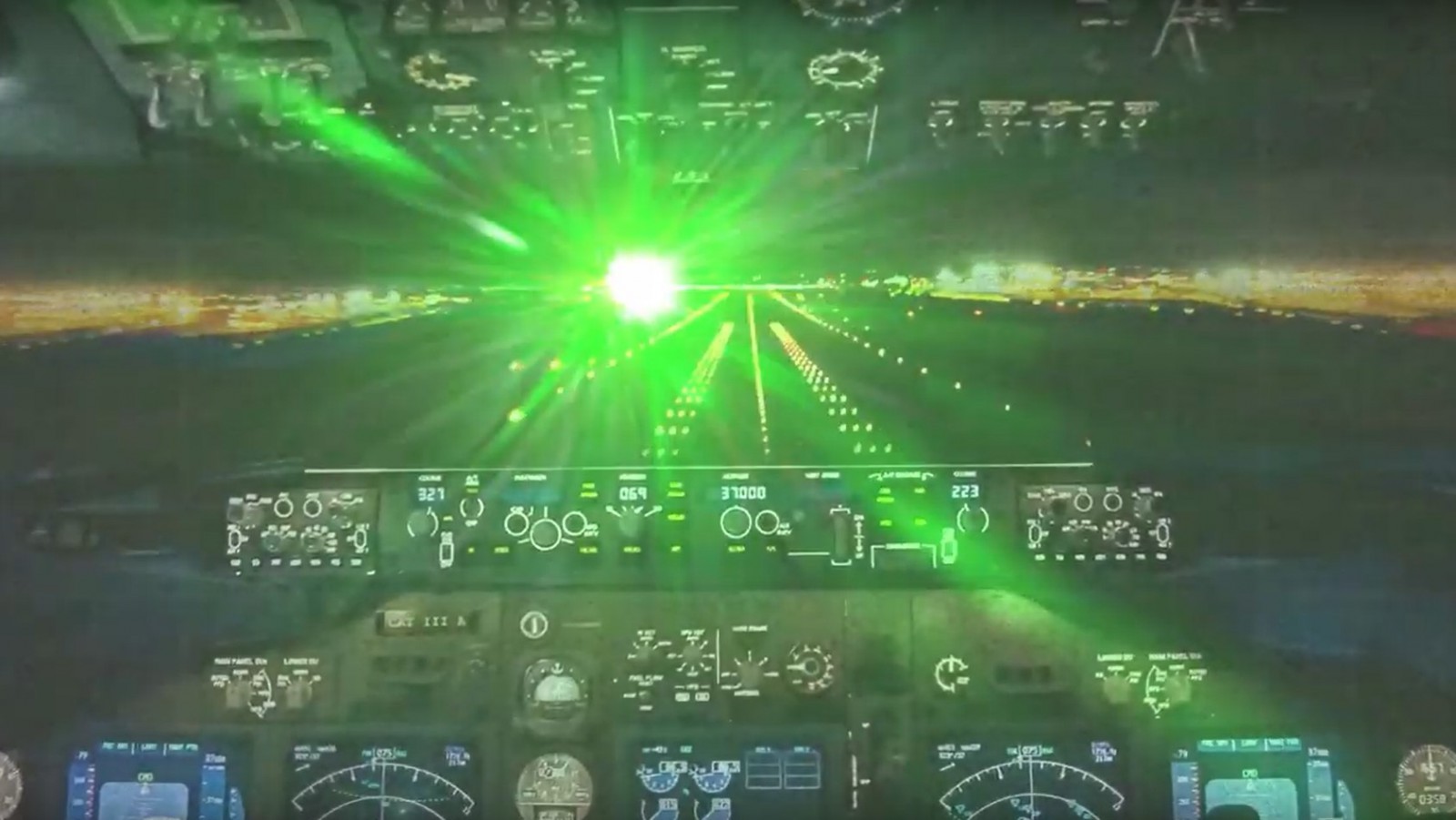Laser strikes against US aircraft drop for a second year
12 April, 2019
2 min read


Laser strikes at US aircraft are becoming less frequent as the public becomes more aware of the safety risks but still number in the thousands.
The US Federal Aviation Administration revealed this week that the number of reported incidents in 2018 had dropped to 5,663 from 6754 in 2017.
Both figures were down from the 7,398 strikes in 2016, a trend the FAA attributed to heightened public awareness of the grave safety risk involved in pointing a high-powered laser at an aircraft.
“However, the substantial number of reported incidents clearly show that laser strikes on aircraft remain a serious threat to aviation safety,’’ the FAA said.
READ: Space-based tracking shows how aviation connects the world.
Aiming a laser at an aircraft poses a serious risk because it can blind or distract pilots and in some cases has caused eye injuries that required medical treatment.
It is particularly dangerous in critical phases of flight such as landing, putting hundreds of lives at risk.
It is also a federal crime punishable by a fine of up to $US250,000 and five years’ jail.
The FAA and law enforcement agencies have been working to spread the word about the dangers of lasers through videos on social media.
Watch the FAA's video on lasers.
It takes action against those who violate the law by shining lasers at aircraft and says civil penalties of up to $US30,800 have been imposed by the FAA against individuals for multiple laser incidents.
Violators who are pilots or mechanics can face losing their certificate in addition to civil penalties.
The number of incidents jumped markedly each year until 2015 before leveling off and now falling for two consecutive years.
The FAA said the big increase in incidents from 2008 was due partly to greater awareness by pilots to report laser incidents as well as the availability of inexpensive and stronger laser devices.
The arrival of green lasers, which are more visible to the human eye than red lasers, has also been a factor.
Regulators around the world have strongly encouraged people to report laser incidents.
Next Article
3 min read
Virgin gets nod for Tiger deal

Get the latest news and updates straight to your inbox
No spam, no hassle, no fuss, just airline news direct to you.
By joining our newsletter, you agree to our Privacy Policy
Find us on social media
Comments
No comments yet, be the first to write one.
